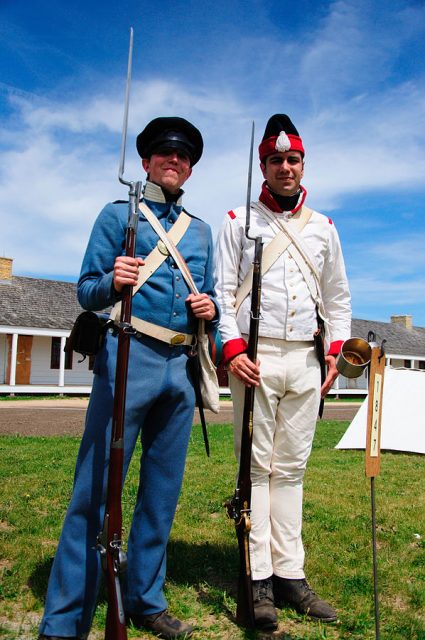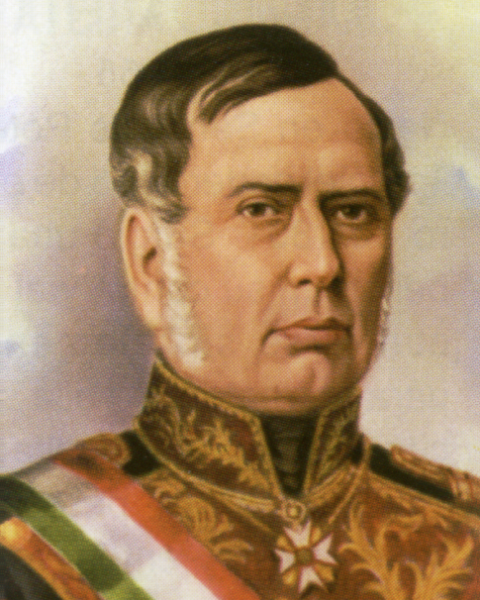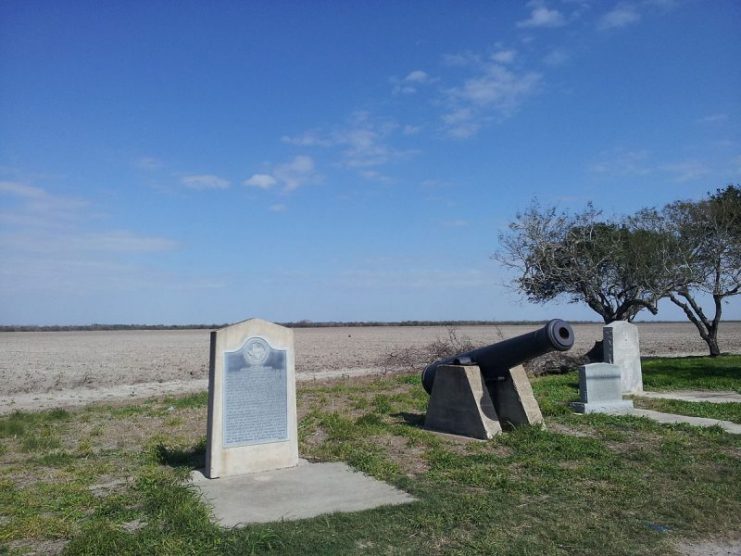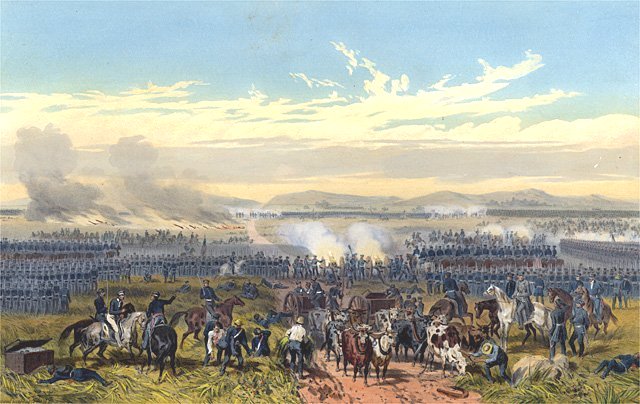During the 19th Century, the most vocal American citizens were quite proud of themselves; it only made sense to them that they should spread their political, religious and economic beliefs to all of North America. The Lewis and Clark Expedition and The Louisiana Purchase were both parts of the ideological backing of these beliefs, which came to be known as Manifest Destiny.
In 1846, after Texas became a Territory, a border dispute arose between America and Mexico. On the southern border, Captain Seth Thornton was serving under General Zachary Taylor in the Army of Observation camped at Corpus Christi.
He was a short man with a slight frame who spoke with a soft voice. Thornton was known to be impetuous and stubborn. When he transitioned from citizen to captain, some said, it was hard to believe he was the same man. Captain Thornton became a trusted and brilliant officer.

At that time, Mexican General Anastasio Torrejón was serving under Brigadier-General Mariano Arista and was camped just across the border from Thornton. Torrejón was in his mid-40s, had served all of his life, and was a trusted leader. A war historian attributed Torrejón’s triumphs to his “instinct of self-preservation” – he had a knack for always getting out alive.
The border dispute with Mexico had been raging for years. The land at the heart of the dispute stood between the Neuces River and the Rio Grande River, which ran along the southern boundary of the Texas Territory.
On April 25, 1846, Thornton and his dragoons were sent to scout the enemy area and report back – he led approximately seventy men. As they headed west following the Rio Grande, Thornton’s forces saw their scout talking to some local villagers. The scout relayed to the captain that the Mexican Army had already crossed the Rio Grande and were close. The scout refused to go any farther. Thornton didn’t trust the scout, and he and his force rode on.

The terrain was hard and unforgiving. The men had to ride in a single column along a narrow road bordered by high thick hedges called chaparrals. When they saw a small group of adobes surrounded by a fence in a small clearing, Thornton saw the perfect place to rest. The men rode in, foolishly letting their guard down as they did so.
Thornton heard gunfire from around the fence. General Torrejón’s army had followed them for miles and silently surrounded them. Captain Thornton threw himself onto his horse and had no other option than to order his men to charge. But Torrejón had 1,600 men of his own, 500 additional men and 150 Indians at his command.
The Texans fought viciously but were no match for the overwhelming force surrounding them. Those that escaped uninjured gave themselves up as prisoners of war and were imprisoned at Matamoros, Mexico. They were treated well and according to the rules of war. The Mexicans could not treat the injured and returned them to the Americans. Thornton was thought to be dead but turned up among the prisoners. Eleven of Thornton’s men died in the assault.

The news took two weeks to reach President Polk. On May 13, 1846, the president asked the US Congress for an official Declaration of War, saying, “Mexico has passed the boundary of the United States, has invaded our territory and shed American blood upon the American soil.” Two days later, they voted to declare war.
Thornton and Torrejón fought many more battles over the duration of the War. Thornton achieved military honors and eventually rose to the rank of Brigadier General over the course of his long and illustrious career.
